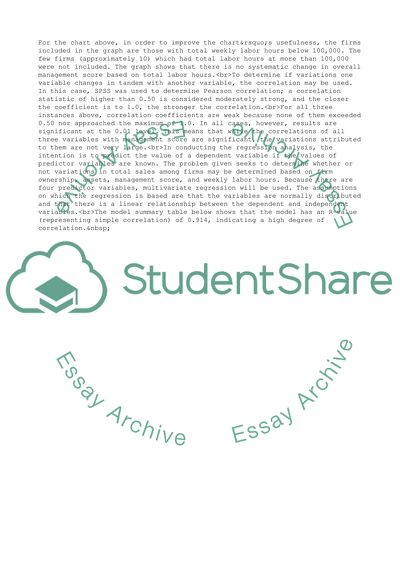Cite this document
(“Business Forecasting and Data Analysis Essay Example | Topics and Well Written Essays - 2000 words”, n.d.)
Business Forecasting and Data Analysis Essay Example | Topics and Well Written Essays - 2000 words. Retrieved from https://studentshare.org/business/1612002-business-forecasting-and-data-analysis
Business Forecasting and Data Analysis Essay Example | Topics and Well Written Essays - 2000 words. Retrieved from https://studentshare.org/business/1612002-business-forecasting-and-data-analysis
(Business Forecasting and Data Analysis Essay Example | Topics and Well Written Essays - 2000 Words)
Business Forecasting and Data Analysis Essay Example | Topics and Well Written Essays - 2000 Words. https://studentshare.org/business/1612002-business-forecasting-and-data-analysis.
Business Forecasting and Data Analysis Essay Example | Topics and Well Written Essays - 2000 Words. https://studentshare.org/business/1612002-business-forecasting-and-data-analysis.
“Business Forecasting and Data Analysis Essay Example | Topics and Well Written Essays - 2000 Words”, n.d. https://studentshare.org/business/1612002-business-forecasting-and-data-analysis.


